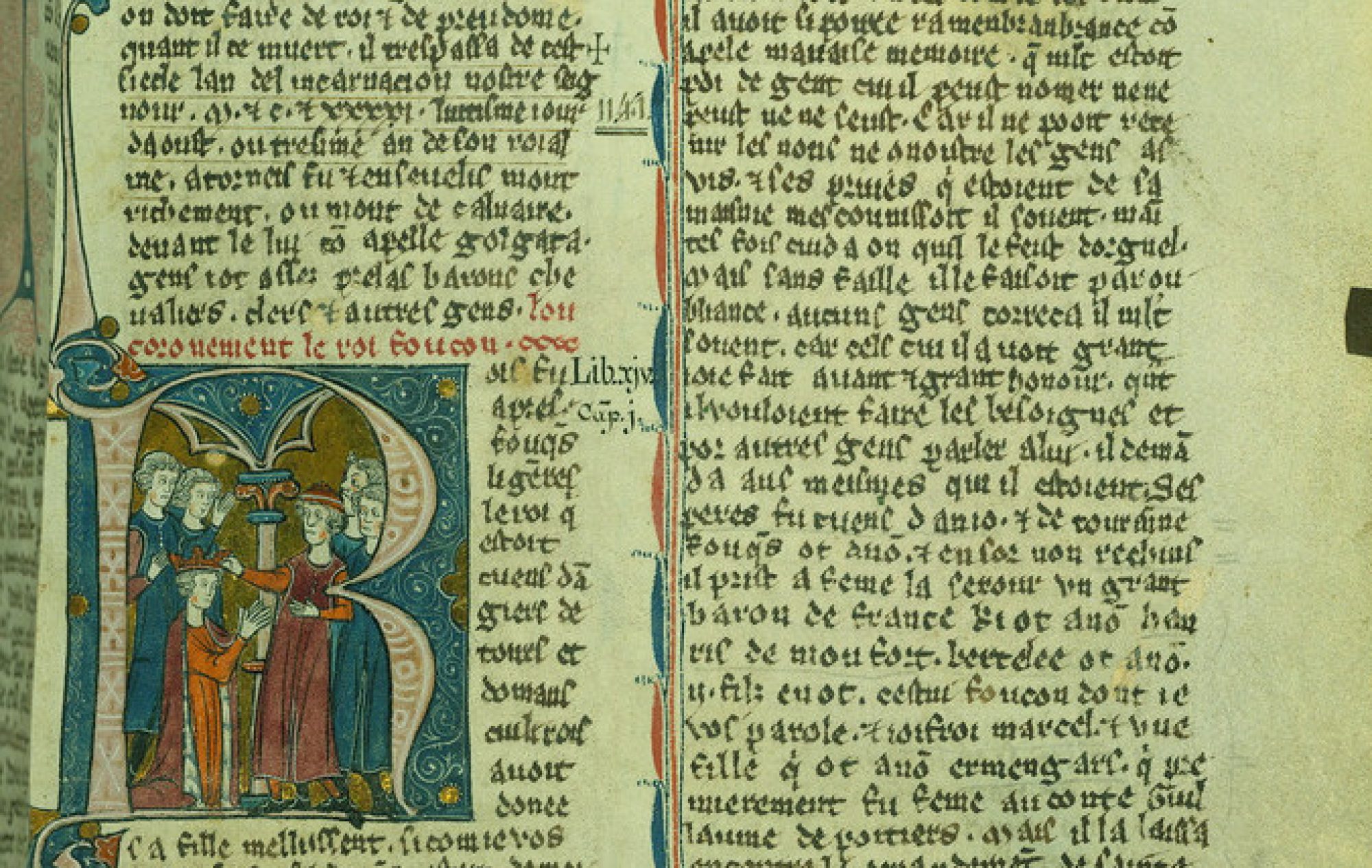The Great Western Schism occurred in September of 1378 and led to the Avignon papacy. When Pope Urban VI was elected during Easter in 1378, he quickly established negative relationships with the majority of his cardinals. This was largely due to his treatment of them, but also because he made it clear that he had no intentions of returning the papacy to Avignon, where it had been for approximately 75 years, until 1377.1,2
Unsurprisingly, the Cardinals were not pleased with the current pope. Thus, they declared his election invalid and claimed he was not legally in office. In congruence to this, they left Rome and elected their own pope; Cardinal Robert of Geneva became Clement VII, and he and his papacy were located in Avignon.3 European princes profited by the schism and established it by choosing sides. The Avignon Papacy was followed by France, Scotland, the island of Sicily, and a few others. Meanwhile, the papacy in Rome was followed by most of the Holy Roman Empire, including England, most of Italy, Poland and Hungary.4
In 1409, the Cardinals summoned the Council of Pisa to resolve the dispute of the Avignon papacy. The Council’s resolution was to renounce both papacies and electing another pope, Alexander V.5 Unfortunately, the other popes did not follow the Council’s order, and retained followings. It was during this time that the Holy Roman Empire was arguably at its weakest; with three different men claiming to be pope, it weakened their influence and caused people to question their holiness. Then, from 1414-1418 the Council of Constance worked to resolve the conflict. The Council established a doctrine of conciliarism, which they claimed represented the entire church, and was the supreme authority “to which even popes had to submit”.6 They ordered for Pisa’s and Rome’s popes to step down. In 1417, the Council elected their own pope, Martin V.7 Pope Martin V was nearly universally recognized, however Benedict XII, ruling from Rome, retained a following. Ultimately, the schism was over by 1419, although it wasn’t until 1429 that the last pope (Clement VIII of Rome) submitted to Martin V.8

- R. N. Swanson, Universities, Academics and the Great Schism (London: Cambridge University Press, 1979), 10.
- Joseph R. Strayer, Dictionary of the Middle Ages, vol. 11, Schism, Great Western (1378-1417) (New York: Charles Scribner’s Sons, 1988), 39.
- Swanson, Universities, Academics and the Great Schism, 12.
- Strayer, Schism, Great Western, 39.
- Ibid.
- Ibid, 40.
- Ibid.
- Ibid, 41.
- The Great Schism (1378-1417). https://commons.wikimedia.org/wiki/File:Great_schism_1378_1417-C2.jpg.
